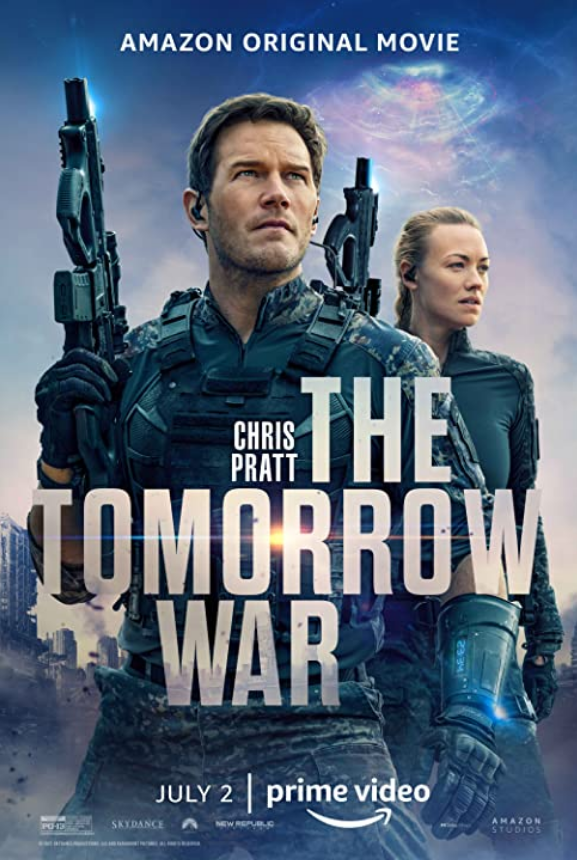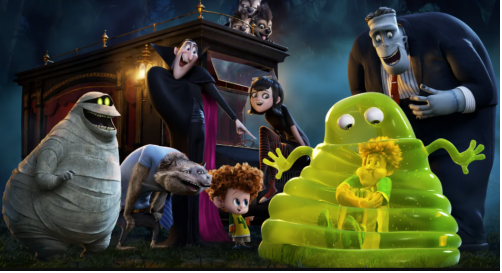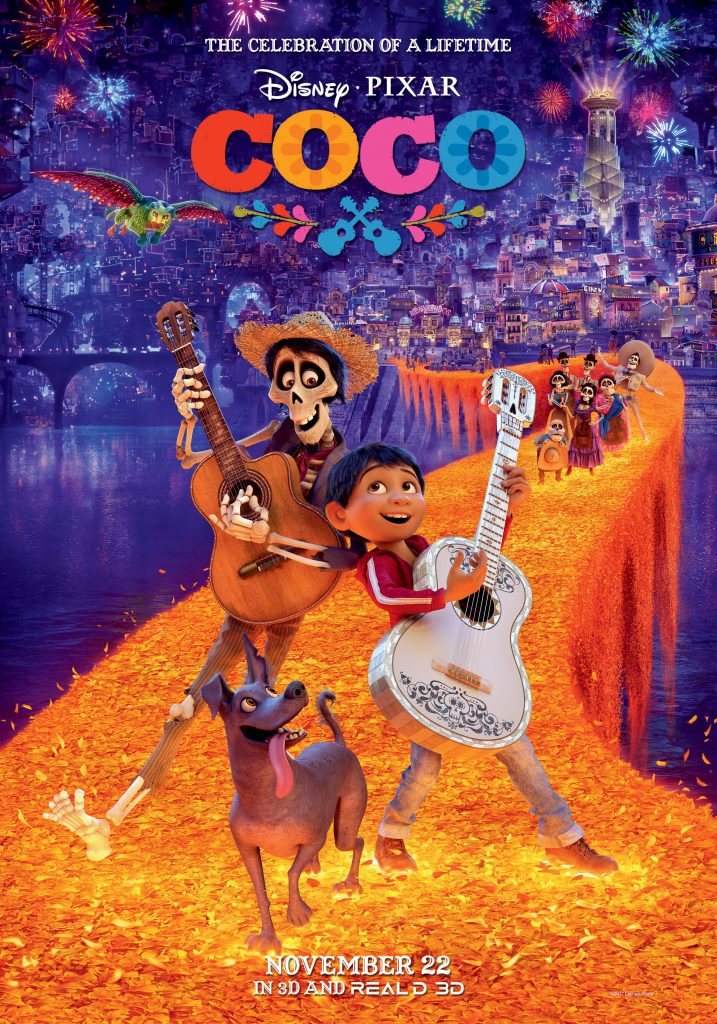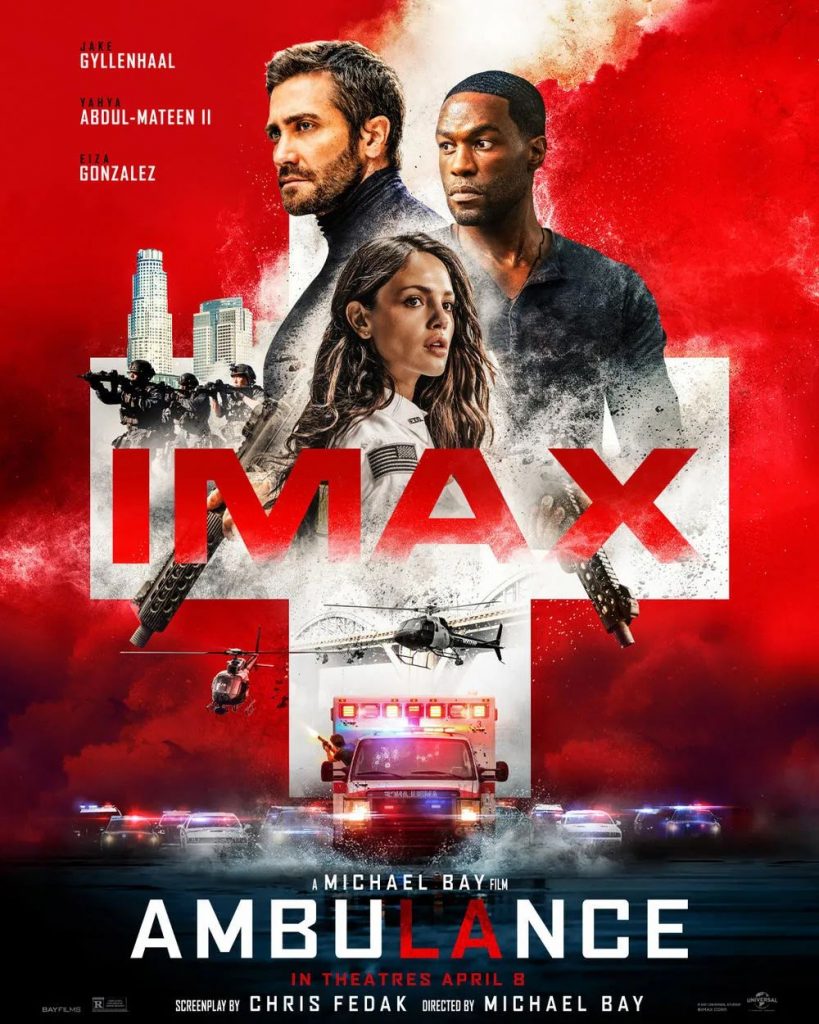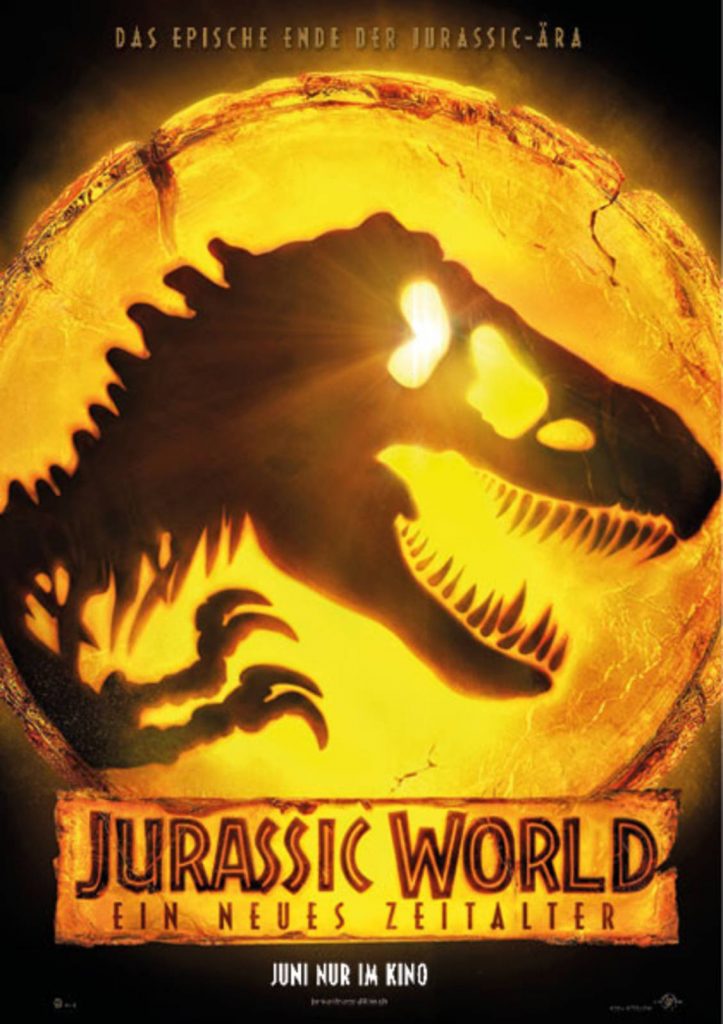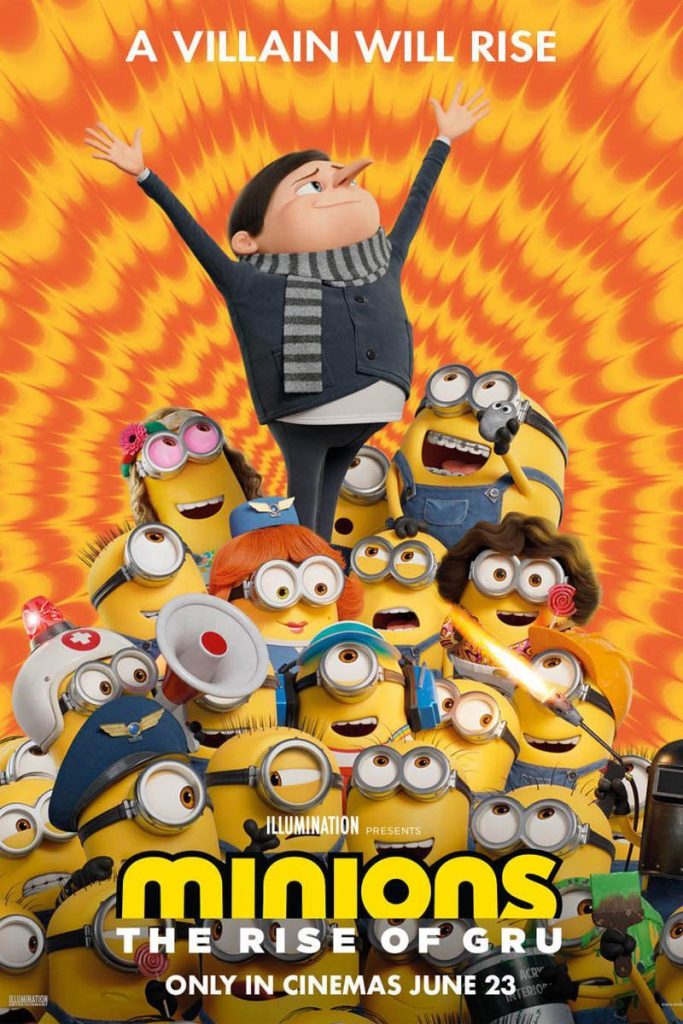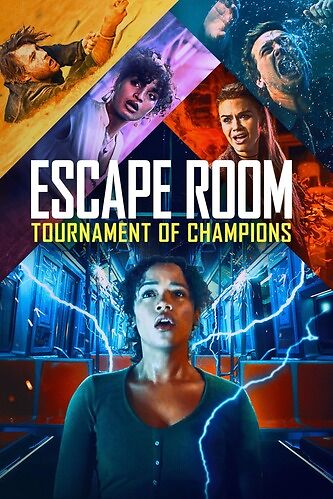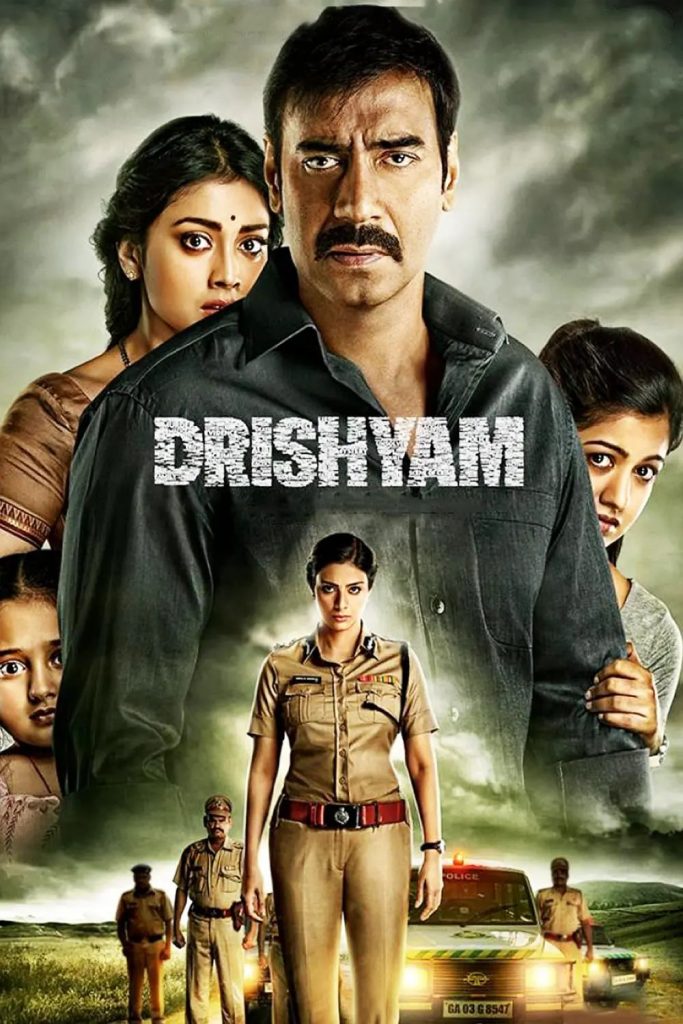The long-awaited summer season is finally here, and we’ve been in a film drought of late. With the exception of the Chinese New Year, which contributed more than half of the total box office, the first half of the year has not been as successful as it could have been. In fact, it’s not just our film industry that’s not doing so well, but also the rest of the world, which has been affected by the epidemic and almost no films that are too good at the box office, so many films are opting to be streamed. No, the headliner, The Tomorrow War, was released with gusto, with the rights alone costing $1.3 billion to play.
I thought it was going to be a great commercial blockbuster, but after watching it, I didn’t expect to find it to be a dreadfully boring one. The film has a good cast and production company, starring Chris “Star Lord” Palat, Yvonne Strahovski, the commander of “The Handmaid’s Tale”, and J.K. Simmons, the veteran actor from “The Drummer”, and the production company of “The Spy” and “Terminator”. It’s a good one.
If we talk about the plot of this film, we can say that it is rather lacklustre. It’s about a horrific alien species that descends on Earth, causing an existential crisis for humanity and plunging the entire world into panic. The main character, Dan, travels through time to the future and despite the world kissing him with pain, he returns the favour by vowing to save the Earth and all of humanity. It sounds like one of those typical blockbuster heroics that Hollywood likes to make, but like most of the average acclaimed productions, the story is clichéd, the plot is lame, the villain drops his wits and the protagonist opens up. In the opening scene our hero Dan, a twice-discharged veteran, has a stable job and a good family.
But all this beauty is shattered by armed men in black from outside. At the final match of the 2022 World Cup in Qatar, this group of men fall from the sky. They claim to be from thirty years in the future and are here to recruit soldiers. It turns out that thirty years later a monster called the “White Spikes” invaded the Earth and defeated the human race. They are here because they need modern people to fight a war that will take place in the future. If we all work together, the result will be good; if we don’t help them, the future of humanity will disappear in 11 years.
So the armies start sending a steady stream of people, through the black technology of the future wormholes, to the battlefield to send people to their heads. So the chances of surviving were low. Dan was drafted hard by the US government because of his combat experience and was told he would be dead in seven years. If we were in the middle of it, our first thought would be to run away. No use, to prevent the chosen ones from escaping, the government forces a jump bracelet on the arms of the soldiers. This bracelet not only allows humans to travel between the present and the future, but also acts as a tracker and can only be removed after completing a mission. You try to escape or remove it, heck, wait to be put in jail.
The only thing that doesn’t make sense is why future humans would come to the present for help. The only possible explanation is that people in the future will have lower fertility rates and the population will plummet. What if a monster were to descend on modern society and how would humans save themselves. So the creators have written a film that lacks some convincing logic and motivation as to why the war occurred. Using the people and resources of modern society to solve what is going to happen in the future is not particularly convincing in terms of triviality and morality. But as a cool film, it doesn’t matter much anymore. But White Long Nails, one of the main characters, is belatedly seen in the first fifty minutes of the film. When it does appear, it seems like déjà vu, how it looks more and more like Godzilla.
After looking it up, I found out that the designs for the monsters in this film were all from the ideas of designer Ken Balsamy, who also designed the creature designs for Godzilla: King of the Monsters, Godzilla vs. King Kong and Fantastic Beasts Where We Live. Well, it’s understandable. Being such ferocious beast monsters, all they have to do every day is to eat and reproduce, eating billions of people hard. So their aim in wiping out humanity is to take over the planet? What follows is how Dan, as a lone hero, is going to defeat the monsters in alliance with his friends. The moment Dan appears, we suddenly get a glimpse of what the game “Chicken” is like. A group of people are dropped into a strange future world in a spaceship, and then find their target and take it down while hiding themselves. Especially after landing, the group has to retrieve important combat items, or energy supplies, and then encounter monsters to escape before the city falls.
So you can also look at the fight and kill scenes in the second half of the movie as if it were a movie adaptation of the game. Once Dan and the gang enter the lab, the scientific staff are basically over, and Dan has to retreat by taking some experimental materials and items as requested.In the process of retreating, they encountered the White Spikes. They were huge, protected by extra-thick armour, with a tail that shot out nails and a surprisingly large amount of offensive material. These spikes are so stealthy that they can avoid even satellite detection. As for how these unbelievable skills are achieved by the white long spikes, don’t ask, to ask is to bring them with you, and the writers don’t know either. After just a bang-bang shooting and slaughter on both sides, Dan and the few remaining survivors flee the scene and the planes then bomb the area. Dan then meets the Colonel, who is Dan’s daughter 30 years later, Muley.
Obviously the writers of this film intended, as many traditional Hollywood commercial blockbusters do, to add a darker thread of family love to enrich the core of the plot, while action and sci-fi scenes dominate, but the logic of the characters’ thinking is truly touching. Our Dan goes back to 2022 to get a divorce, knowing he will die in a car accident seven years later, and leaves his children behind. Let’s just say that the writers wrote whatever they wanted to in order to force the line of father-daughter bonding. It ignores the subtlety of the relationship between Simmons’ elderly father, who has a great deal of love for his son, and the forced reconciliation and abrupt emotional twists. And what makes this film particularly interesting is the scientific explanation of parallel time and travel to the past. Previous sci-fi films with this type of travel theme have either had no effect on the original history by travelling; or, as in the case of Creed, there is a fixed closed loop and dynamic timeline where travelling can change history. But the answer given in Tomorrow’s War is that they only have one timeline, parallel universes can be ignored, and what humans have to do is not to study the sci-fi elements, but to fight and fight with a sea of people.
As for the butterfly effect, paradoxes and other such influences that should be explored, not a single mention is made. Clearly this film is more of a popcorn movie that exists for the sake of visual effects, with the most important hard sci-fi elements barely logically able to work themselves out. And watching the whole film, we don’t see such grand themes as reflections on war, but rather the values promoted by the United States are easily visible. That is, no matter what, human beings should think first and foremost about their personal feelings, saving their homes is secondary to saving their families and mending their relationships with them. There is also opposition to authority and anti-government, which is quite preachy. I can only say that it’s a bit small compared to our mainstream Asian values. As a sci-fi blockbuster, the action and special effects are brutal and addictive, and the adrenaline rushes through the film. As a popcorn movie, it certainly qualifies.
Apart from Fast & Furious 9, it’s been a while since we’ve seen a movie this exciting and enjoyable. But unfortunately, if the film had been released in cinemas, the cool special features and bombastic sound effects would have given the audience a more It’s a shame that if the film had been released in cinemas, the cool special features and bombastic sound effects would have made it more immersive. Streaming in this format, which lacks the realism of the big screen experience, also makes the overall visual and audio effects of the film less enjoyable, and the enjoyment of the film may be substantially less.
What we have to admit is that streaming platforms around the world are in the midst of fierce competition, with the capitalists behind the major streamers looking for ways to capture profitable resources, and more and more rivals in the market to get a piece of the pie. Amazon, for example, has made a big splash by paying such a large sum of money to acquire The War of Tomorrow.
So while the future of cinema is bound to change radically, the rise of local streaming is causing internal problems for cinemas and is putting the pressure on many film production companies to catch their breath. And that’s just the beginning.
